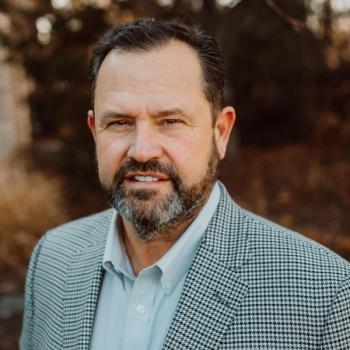
Obamacare has positive effect on daily physician practice operations
While the vast majority of our physician graders flunked Obamacare, many primary care physicians praise aspects of the Affordable Care Act.
While the vast majority of our physician graders flunked
Adam Wenzlik, MD, a physician at Lakewood Family Medicine in Durham, North Carolina, says he thinks it’s great that young adults
Further reading:
Angela U. Tucker, MD, a family practice physician in Columbus, Ohio, says her practice has always accepted patients regardless of their ability to pay, but many of those who were paying out of pocket now have insurance plans. Those patients are able to afford services they couldn’t pay for before, she says, noting examples such as mental health counseling and lactation services.
Yul D. Ejnes, an internal medicine specialist at Coastal Medical in Cranston, Rhode Island, hadn’t been taking on many new patients (insured or otherwise) over the last several years. However, he says, current patients who hadn’t been to the office in a while due to lack of insurance returned, and the uninsured who were actively seeking care were able to follow through on additional medical services they needed, such as bloodwork and filling prescriptions.
But when his formerly uninsured patients were finally able to seek care, it came at a steep price.
ICYMI:
“For many of those patients, what seemed relatively simple now that they had insurance ended up not being so simple, because many of the plans that folks were getting on the exchange had deductibles, and some of them were pretty significant,” says Ejnes, chair-emeritus of the American College of Physicians Board of Regents.
Navigating health insurance is complicated, and patients are not always clear about what is covered by certain policies. “There is a lot of confusion about what a screening test is and what a diagnostic test is in terms of being exempt from the deductible and co-pay,” Ejnes says. “That’s created a lot of frustration for a lot of people, both patients and office staff.”
Though physicians have always encountered patients who don’t pay their bills, the ACA adds another layer of financial vulnerability during the 90 days when patients have to pay on their insurance premium. Tucker, for one, has not seen that happen, but other physicians have encountered non-payment from insurers or even requests for refunds from payers. “Once patients have seen us, they definitely want to stay, and the people who have wanted to get in here would be unlikely to abuse the system,” she says.
While physicians support efforts to make preventative healthcare more accessible, the expectation to simply provide such care through the ACA arrived with short-lived support.
Further reading:
Patients who haven’t seen a doctor recently may need longer appointments, and additional required documentation has created more paperwork for office staff.
“I think the biggest thing for practicing doctors right now is having the infrastructure and assistance to make these things happen,” Wenzlik says. “Doctors are good at taking care of patients, but we’re not necessarily great at checking boxes and making sure the right things are reported at the right times.”
The ACA is expected to exacerbate the shortage of primary care doctors, projected to reach 20,400 by 2020, according to the Health Resources and Services Administration in the U.S. Department of Health and Human Services.
“We need more providers. Our schedules are full, and trying to fit in new patients is difficult,” Tucker says, suggesting that financial incentives for future physicians, such as help in paying back student loans, may help bridge that gap.
Newsletter
Stay informed and empowered with Medical Economics enewsletter, delivering expert insights, financial strategies, practice management tips and technology trends — tailored for today’s physicians.








